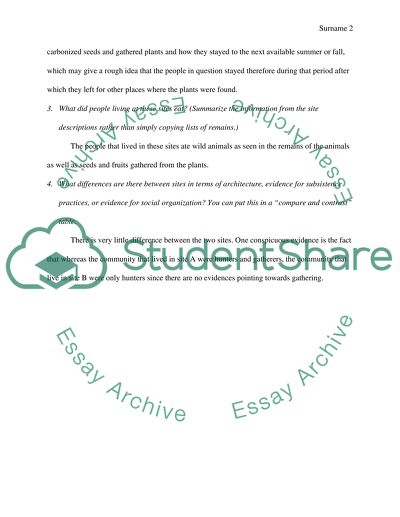Interpreting archaeological data from Paleoindian to Archaic sites Assignment. Retrieved from https://studentshare.org/anthropology/1617212-interpreting-archaeological-data-from-paleoindian-to-archaic-sites
Interpreting Archaeological Data from Paleoindian to Archaic Sites Assignment. https://studentshare.org/anthropology/1617212-interpreting-archaeological-data-from-paleoindian-to-archaic-sites.


